Underwater scooters, also referred to as Diver Propulsion Vehicles (DPVs) or seascooters, have revolutionized underwater exploration, providing divers and snorkelers with a thrilling and efficient way to navigate through water.
These innovative, battery-operated devices extend your range, conserve energy, and add an exciting new element to any aquatic adventure.
Whether you are a beginner looking to try snorkeling or an experienced scuba diver seeking to enhance your underwater experience, underwater scooters offer a unique opportunity to explore the depths while minimizing physical effort.
In this comprehensive guide, we will dive deep into the world of underwater scooters, evaluating the top models, key features to consider, and the benefits of using these advanced devices in both recreational and professional settings.
Types of Underwater Scooters
When selecting an underwater scooter, it's crucial to understand the differences between recreational and professional-grade models. Here’s an overview of the primary types:
Snorkeling Scooters
Snorkeling scooters are designed for light, shallow-water use. These scooters are typically small, lightweight, and offer positive buoyancy, meaning they will naturally float to the surface if released.
They are perfect for recreational users and beginners who want to explore shallow waters without expending too much energy. Most snorkeling scooters are rated for depths of 40 to 100 feet.
Scuba DPVs (Diver Propulsion Vehicles)
Scuba DPVs are more powerful, robust scooters built for deeper dives and more demanding underwater environments.
These scooters are constructed to handle higher pressure and are capable of reaching depths from 100 feet to over 500 feet.
Scuba DPVs often include advanced features such as sophisticated control systems, safety mechanisms, and the ability to carry additional equipment like cameras or lights for technical dives.
Recommended: Top 6 Best Underwater Scooters Under $600
Key Features to Consider When Purchasing an Underwater Scooter
When shopping for an underwater scooter, consider these essential features to ensure the best performance, safety, and enjoyment during your aquatic adventures.
1. Speed and Thrust
The speed and thrust of a scooter determine how quickly and powerfully it propels you through the water. A higher speed allows you to cover more ground, while greater thrust helps you navigate strong currents and carry heavy equipment.
-
Example: The ASIWO U1 reaches a top speed of 10 feet per second and generates 37.47 pounds of thrust, making it suitable for both casual exploration and professional dives.
-
Example: The Seabob F5 SR offers a top speed of 14.5 mph (23 km/h), perfect for high-speed underwater adventures.
2. Depth Rating
The depth rating indicates how deep a scooter can safely operate. For recreational use, a scooter rated for depths of 100 feet is typically sufficient. However, for advanced diving, select a scooter with a higher depth rating.
-
Example: The Yamaha RDS250 has a depth rating of 100 feet, ideal for recreational divers.
-
Example: The Seabob F5 SR boasts a depth rating of 426 feet, designed for deep-water technical dives.
3. Battery Life and Charging Time
Battery life and recharge time are crucial considerations. Depending on your activity, you may need a scooter with a longer runtime. Also, keep in mind how long it takes to recharge, especially if you plan multiple dives.
-
Example: The Yamaha RDS250 offers up to 2 hours of battery life, with a recharge time of 4-6 hours.
-
Example: The Sublue Navbow provides 60 minutes of battery life and only takes 3.5 hours to recharge.
4. Buoyancy
Buoyancy refers to the scooter’s behavior in water when it’s not being actively controlled. It can be positive, neutral, or negative:
-
Positive Buoyancy: The scooter floats to the surface. Best for beginners and recreational users.
-
Neutral Buoyancy: The scooter remains at a constant depth, offering more control.
-
Negative Buoyancy: The scooter sinks when released. Best for experienced divers at deeper depths.
5. Control Mechanisms
Scooters come with various control systems, such as single-hand operation, app-controlled features, or multi-trigger setups. Choose a model that aligns with your comfort and preferred level of complexity.
-
Example: The Waydoo Subnado uses a finger-ring controller for hands-free operation.
-
Example: The ASIWO U1 offers smartwatch control for seamless integration with other tech gadgets.
6. Safety Features
Safety is a top priority. Many scooters come equipped with protective features like propeller cages, auto-shutoff functions, and low battery alerts to ensure a safe experience.
-
Example: The ASIWO Manta includes an auto shut-off function and enclosed propellers for added safety.
-
Example: The Sublue Navbow incorporates a depth alert system to prevent dangerous ascents or descents.
Best Underwater Scooters for Snorkeling and Casual Use
If you're a beginner or just looking for a light, easy-to-use scooter for recreational exploration, these models stand out for their performance, portability, and ease of use.
ASIWO Manta
-
Top Speed: 5 feet per second
-
Max Depth: 131 feet
-
Run Time: 12-35 minutes
-
Price: $429.99
The ASIWO Manta is lightweight, easy to control, and features a dual-motor design for added safety, making it perfect for families or beginners.

Sublue WhiteShark MixPro
-
Top Speed: 4.03 mph
-
Max Depth: 131 feet
-
Run Time: 20-60 minutes
-
Price: $699.00
The Sublue WhiteShark MixPro is known for its dual propellers and quick charging time, offering great performance for casual snorkelers.
Yamaha Explorer
-
Top Speed: 2.5 mph
-
Max Depth: 30 feet
-
Run Time: 60 minutes
-
Price: Affordable
The Yamaha Explorer is ideal for beginners, offering a simple design and ease of use for shallow water exploration.
Best Underwater Scooters for Scuba Diving and Advanced Exploration
For professional divers or those looking to explore deeper, more technical underwater environments, these high-performance models offer the power, depth capabilities, and advanced features needed for serious diving.
ASIWO U1
-
Top Speed: 10 feet per second
-
Max Depth: 164 feet
-
Run Time: 15-60 minutes
-
Price: $1,199.00
The ASIWO U1 is versatile, capable of supporting both recreational and technical divers, with excellent performance in challenging conditions.

Yamaha 350Li
-
Top Speed: 3.7 mph
-
Max Depth: 130 feet
-
Run Time: 75 minutes
-
Price: $1,195.00
The Yamaha 350Li offers smooth operation and reliable performance, even in strong currents, making it an excellent choice for professional divers.
Seabob F5 SR
-
Top Speed: 14.5 mph
-
Max Depth: 426 feet
-
Run Time: 60 minutes
-
Price: $18,000+
For serious divers, the Seabob F5 SR is a high-end option that combines cutting-edge technology and sleek design for deep-water exploration.
Conclusion
Selecting the right underwater scooter depends on your individual needs and dive style.
Casual snorkelers may prefer lightweight models like the ASIWO Manta or Sublue WhiteShark MixPro, while professional divers will appreciate the power and versatility of the ASIWO U1 or Seabob F5 SR.
Key factors such as speed, depth rating, battery life, and safety features should guide your decision-making process. Don't forget to consider portability and compatibility with airline travel if you plan to take your scooter on vacation.
FAQs
Q: How deep can an underwater scooter go?
Underwater scooters have different depth ratings. Recreational scooters typically reach depths of 30-100 feet, while more advanced models can go as deep as 500 feet or more, making them suitable for technical diving.
Q: How long does the battery last on an underwater scooter?
Battery life varies depending on the scooter's model and speed. Most recreational scooters offer 30-60 minutes of runtime, while powerful DPVs can last up to 75 minutes or more.
Q: Can I travel with an underwater scooter?
Yes, many underwater scooters are designed to meet airline regulations. For example, the Waydoo Subnado has a battery under 100Wh, making it compliant with carry-on luggage rules. Always check with your airline for specific guidelines.
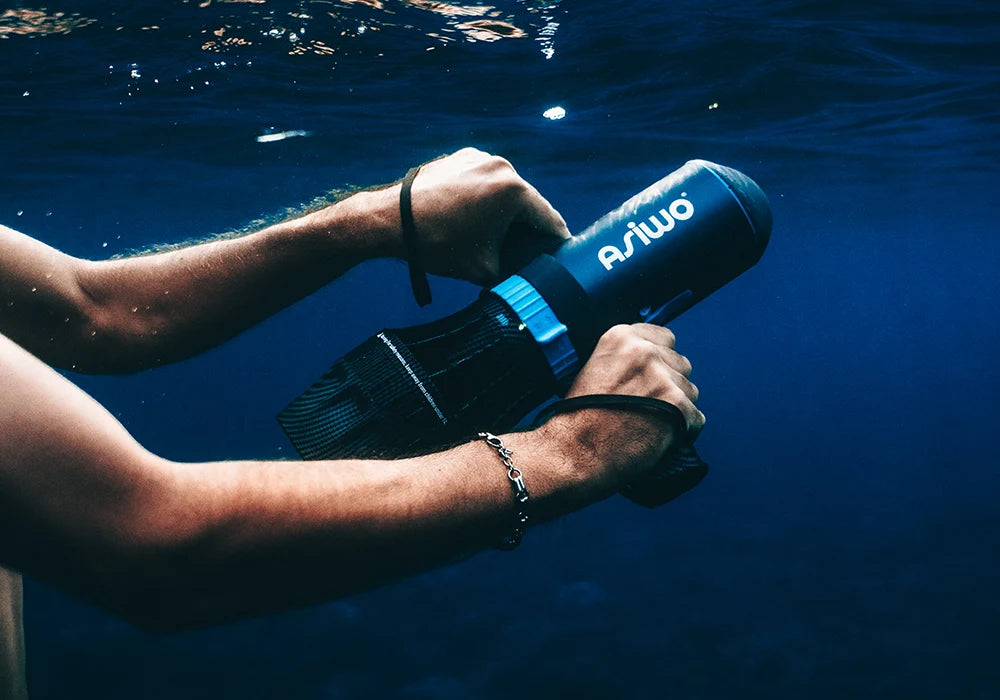




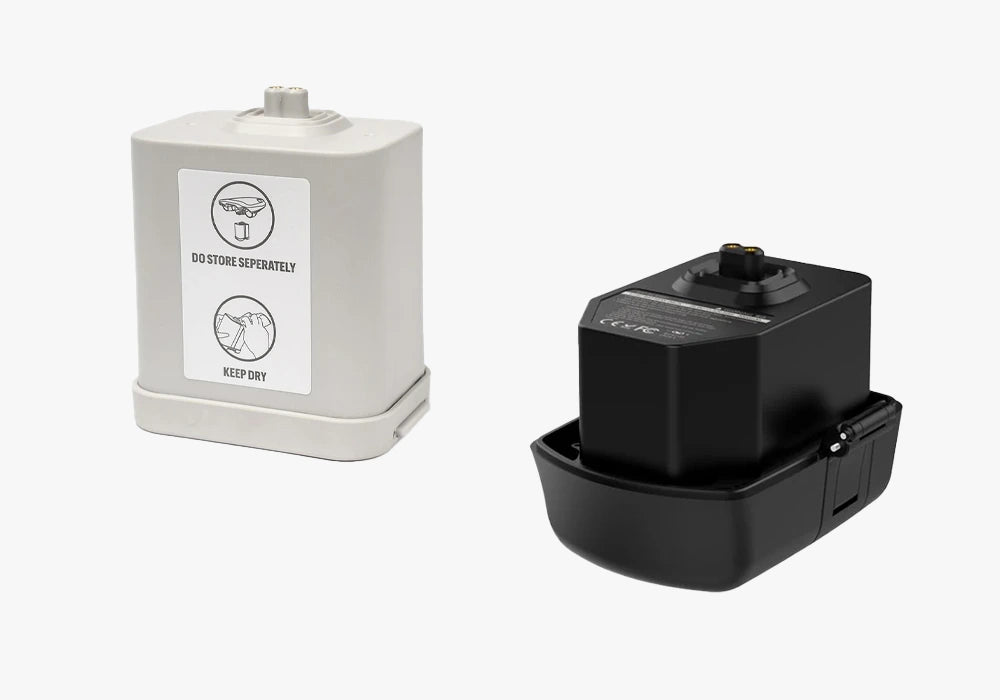




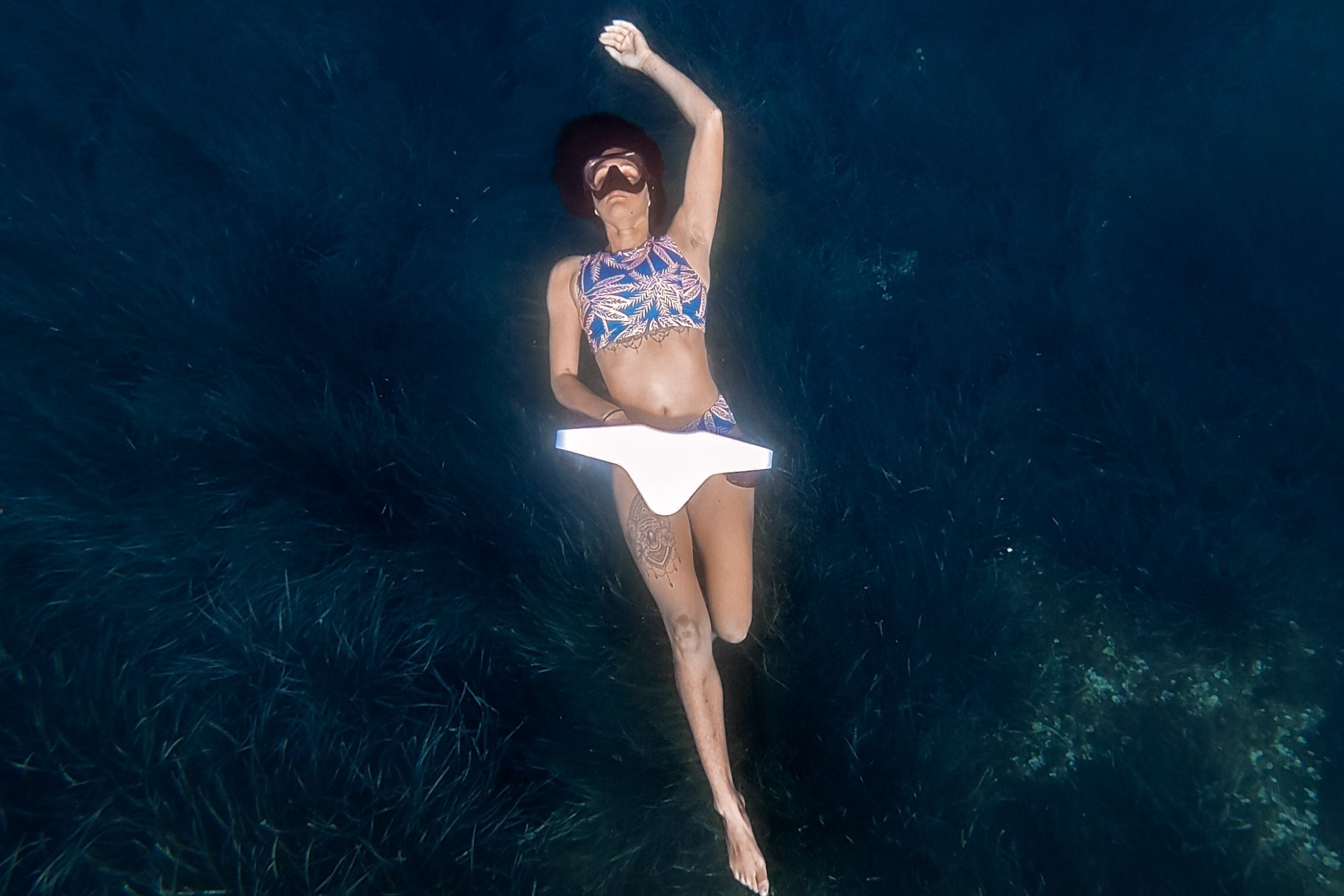
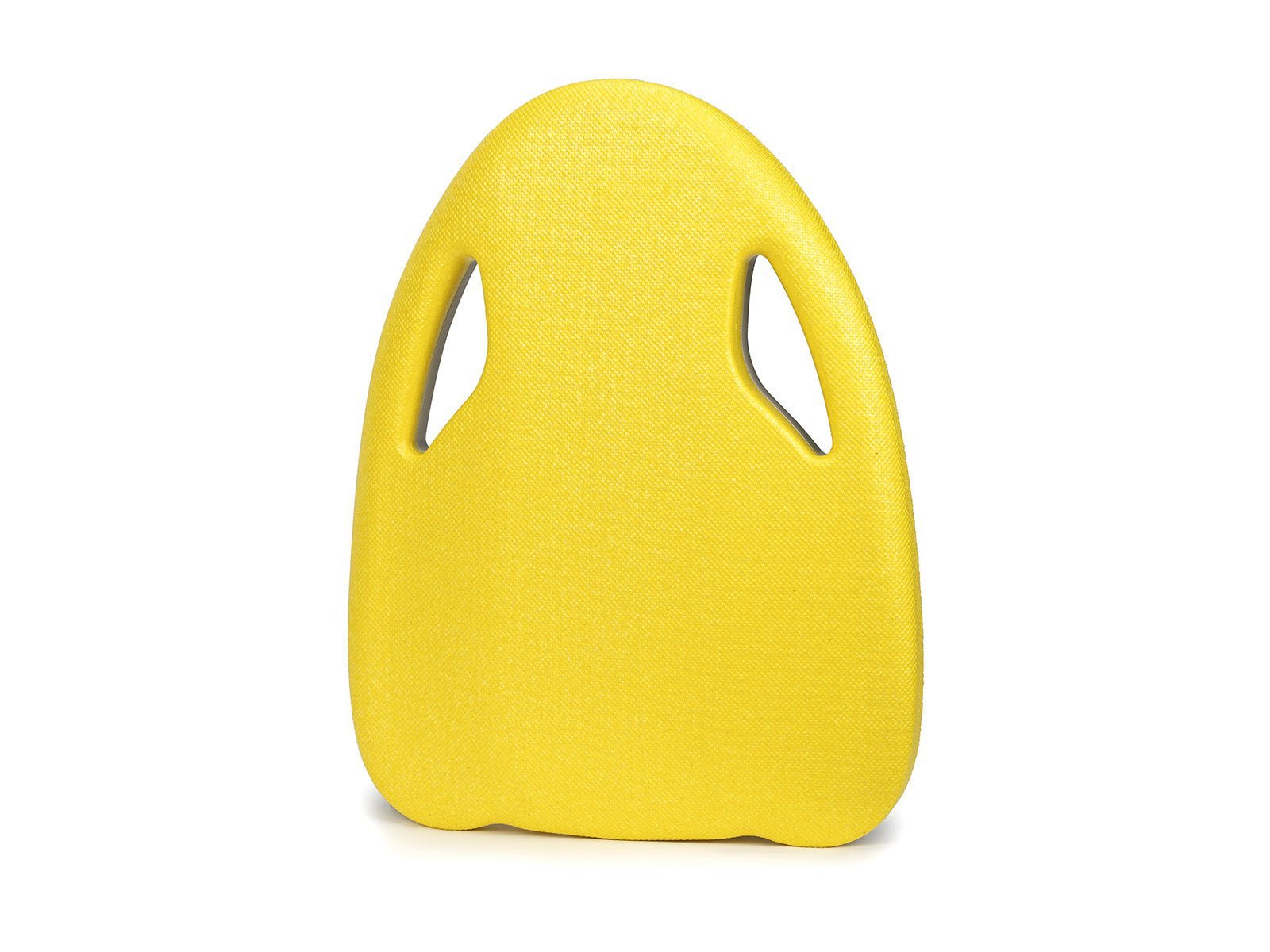
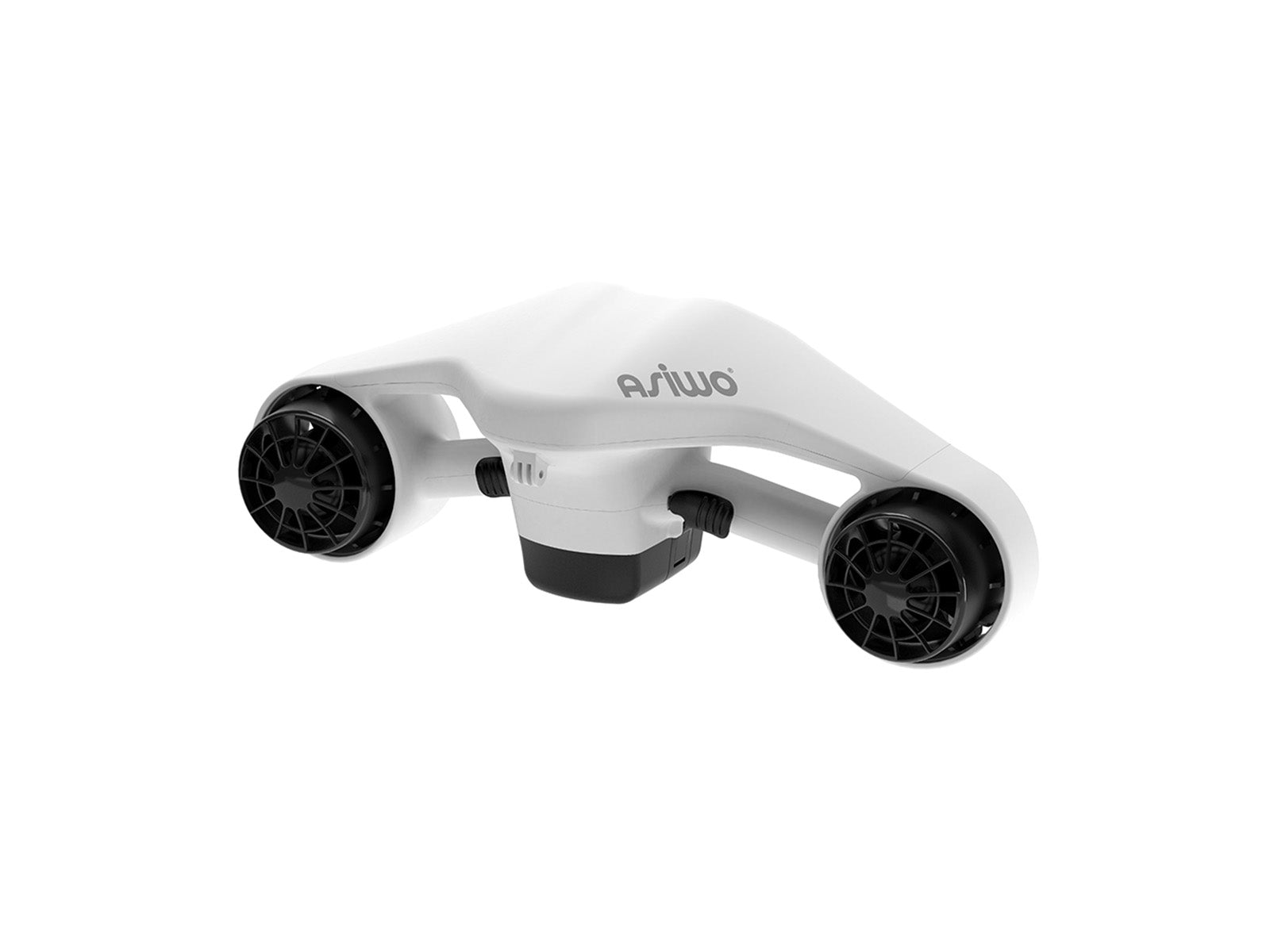
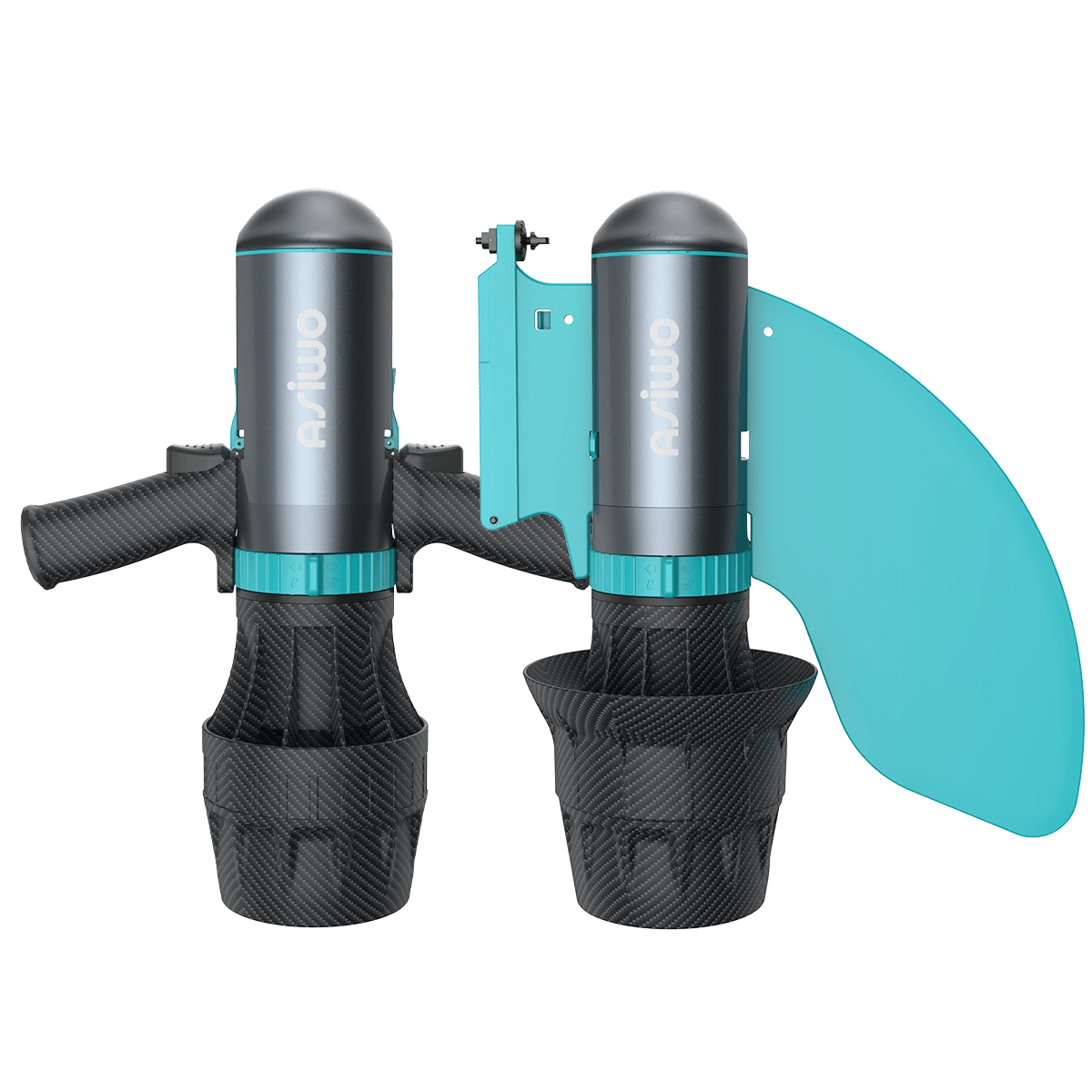




Hinterlassen Sie einen Kommentar